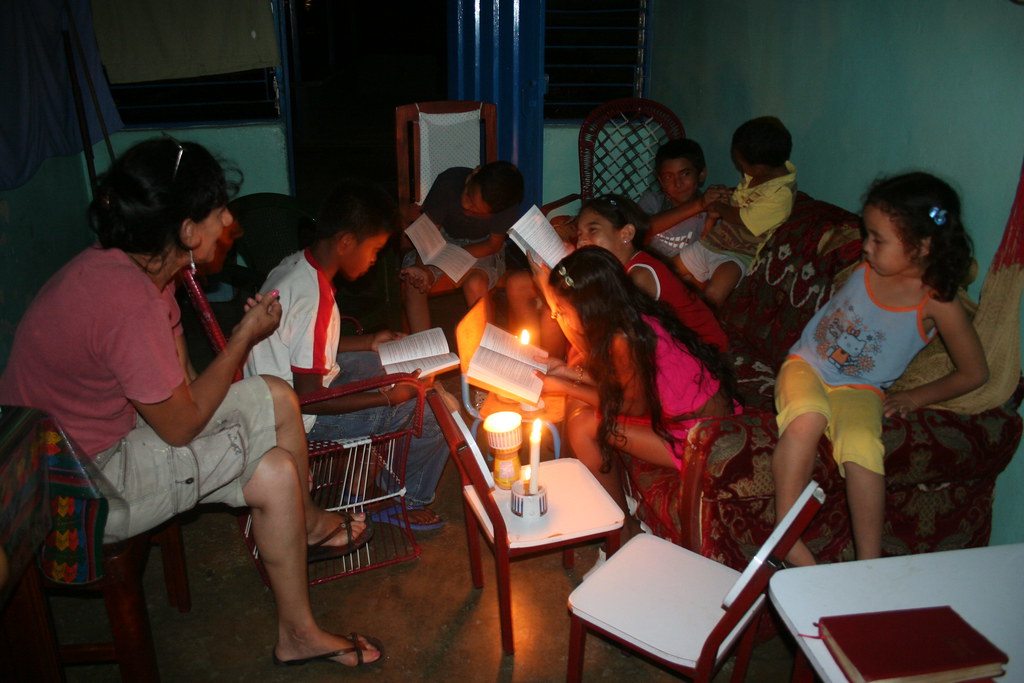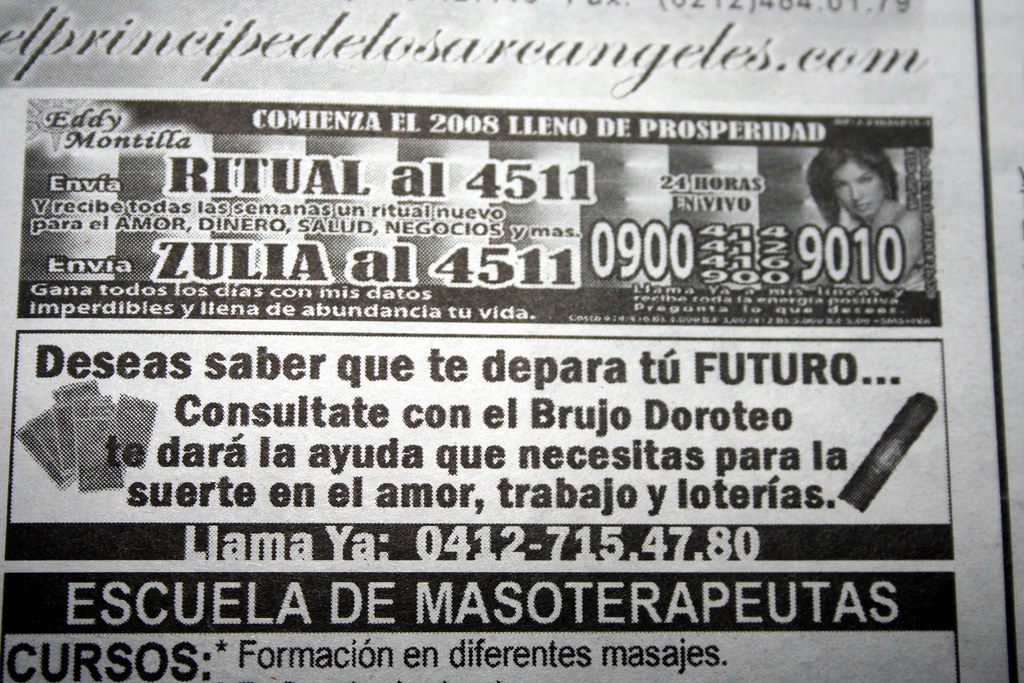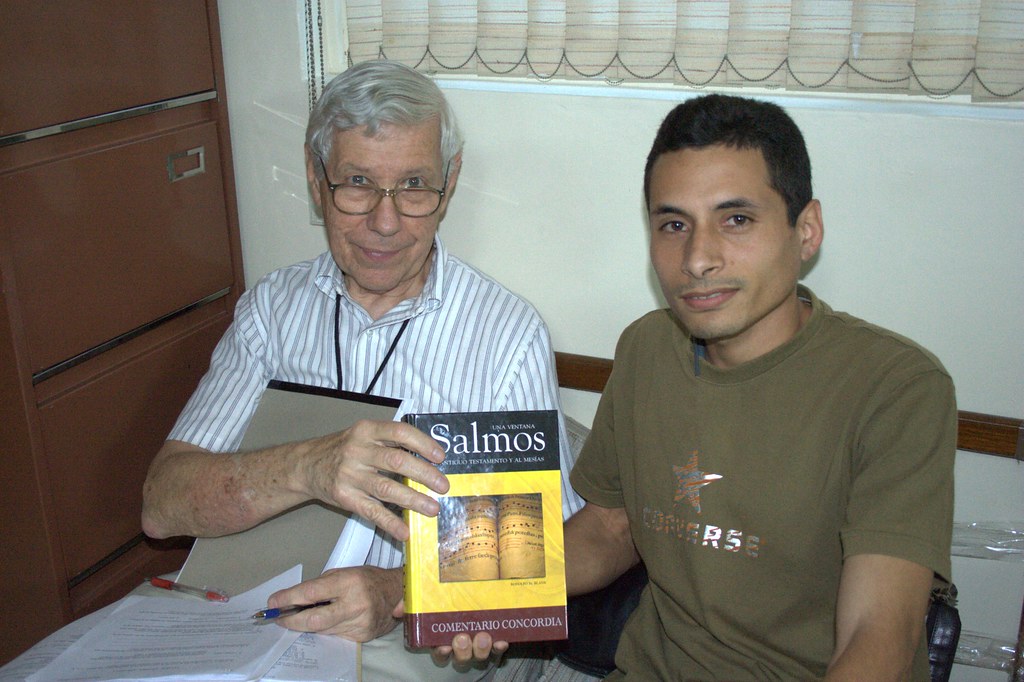 When I was a boy, my father would from time to time take me with him on his trips into "town". We actually lived in the town of Yale, but the population was only about 200 people. The "big town" was Huron, SD, which today has a population of a little less than 12,000. It may have been a little more back in the 1960s. The South Dakota State Fair has been held in Huron since 1905.
When I was a boy, my father would from time to time take me with him on his trips into "town". We actually lived in the town of Yale, but the population was only about 200 people. The "big town" was Huron, SD, which today has a population of a little less than 12,000. It may have been a little more back in the 1960s. The South Dakota State Fair has been held in Huron since 1905.On these trips my Dad would make his hospital calls (I would read magazines in the waiting room or in the car during these), record his monthly sermonette at KIJV radio, and buy supplies for the church, including the communion wine and wafers. As I recall, he would buy a couple of big boxes of the communion wafers.
I never thought much about the communion wafers at the time, since I was more fascinated by the radio station and the Christian bookstore that we sometimes visited (it was there I first encountered the works of C.S. Lewis). For 40 years afterwards, I never thought much about the communion wafers, either. But lately I have been thinking a lot about the ease with which Dad was able to procure them.
Because, at least at that time, Roman Catholic and "mainline Protestant" churches all used the same mass-produced communion bread. It was always a specialized market and nowadays it seems more than 80 percent of all communion wafers used by Catholic, Episcopalian, Lutheran and Southern Baptist churches in the United States are produced by the family-owned Cavanagh Company of Rhode Island.
The situation is a little different in Venezuela. Communion wafers here are not commercially produced, but rather baked in convent kitchens. The preparation of special altar bread in convents and monasteries is a tradition that predates even the split between western and eastern Christendom in 1054 A.D. (when the churches of eastern Europe and the Middle East rejected the Pope's claim to be visible head of the Christ's church on earth).
Luz Maria's father, Antonio Rivero, died when she was eight years old, leaving behind his wife and eight children. Luz Maria was placed in a convent school, where she lived until she was 13. She remembers the nuns making communion wafers in a device similar to an electric waffle-iron.
So in Venezuela you only can obtain traditional communion bread through convents or Roman Catholic churches. For many years the Catholic institutions were happy to share (unconsecrated, of course) communion bread with Lutherans. You could just go to any Catholic church and receive a package of wafer in return for a nominal sum (a free-will offering, more or less). Unfortunately this situation has changed.
I first became aware of this when I was in Caracas with Pastor Miguelangel Perez, just before returning with him to Barquisimeto for the 15 anniversary of Cristo es Amor (Christ is Love) Lutheran Church. He needed communion wafers for Barquisimeto and I needed some for La Caramuca. He said it would be best to look in Caracas, because it was becoming difficult to obtain communion bread in Barquisimeto.
So we took a bus to the center of Caracas, then we walked down one street, took a left, walked some more, took a right, took another left, etc. Finally we wound up in front of a grated window on a backstreet. Miguelangel explained who we were to the nun who let us in a narrow door into a very nice convent lobby. She told us she only had a couple of hundred wafers to spare, but we will welcome to them for free. So we accepted the Glad bag full of communion bread.
I realized later that there was no way I could find my way back to the same hole-in-the-wall convent in Caracas on my own, so a couple of weeks ago, when we again needed more communion bread, Luz Maria decided to look in Barinas. She had to go to the main Catholic church, the Cathedral of Our Lady of Pilar (built between 1770 and 1780, it is a fine specimen of Spanish colonial architecture) and do a lot of talking before she was able to get a new supply of communion wafers.
We could order packages of communion wafers on the Internet, but in order to have them delivered to Venezuela we would have to pay the extremely high import duties placed on all food products. More likely we will begin baking our own communion bread, since we have the exact recipe for unleavened bread that is traditionally used in the sacrament. Luz Maria would like to buy a wafer mold like she remembers the nuns using in the convent, but that we have not been able to find on-line or anywhere else.
This may seem trivial, but the underlying reason for our difficulty in obtaining communion wafers is more serious. We have been told the Roman Catholic churches are becoming more reluctant to share communion bread with people who do not have proper Catholic credentials because of the growth of Santeria in Venezuela.
Santeria is a cult that originated in Cuba among African slaves. Most of the slaves brought to Cuba were from the Yoruba tribe that lived in what is now known as Nigeria.
As slaves, the Africans were forced to convert to Roman Catholicism, but continued their ancient traditions by identifying their tribal gods with the Virgin Mary and Catholic saints. Santeria literally means "the way of the saints", but the phrase has a connotation of contempt in Spanish. Among themselves, practitioners of Santeria refer to their religion as "la regla lucumi" or "la regla de ocha" (lucumi and ocha are both African words). The practice of Santeria involves persons becoming possessed by the orisha (saints/gods), animal sacrifices to gain the favor of the orisha, casting of spells and fortune-telling. Many santeros (Santeria priests) insist Santeria is all about white magic (using the power of orisha only for benevolent purposes), but there is ample evidence of black-magic Santeria (casting spells to injure or kill) as well.
This is very similar to other Caribbean and South American cults, such as voodoo in Haiti, candomble and macumba in Brazil, and, of course, Venezuela has its homegrown versions of this type of thing, such as the worship of Negro Felipe (Black Philip), an Afro-Venezuelan deity. Underlying it all is the fundamentally pagan world-view in which the Creator (although identified with the Christian God due to the historic dominance of the Catholic Church) is not interested in the everyday affairs of human beings, but there are intermediate gods and goddesses who will help or hinder one's fortunes depending on their whims.
The existence of these cults is largely the result of forced conversions and Roman Catholic teaching regarding the Virgin Mary and the saints. Catholic theologians try to draw a distinction between their veneration of Mary and the saints and polytheistic worship, but this abstract difference is impossible to maintain in practice (as well as being contrary to the plain teaching of Scripture in the first place).
In fact, the practice of Santeria is growing throughout the Caribbean Basin (and parts of the United States with high concentrations of Latin-American immigrants) precisely because the santeros have become particularly aggressive in insisting that there is no essential difference between their beliefs and practices and those of the Roman Catholic Church.
Santeria may have received something of a political push as well. Reportedly santeros were patronized by people from all levels of Cuban society before the revolution, including one Fidel Castro. When Cuba became a client state of the Soviet Union, Castro began suppression of all religion to conform to Marxist ideology. With the decline of Russian Communism, the open practice of Santeria was allowed to re-emerge and has become a tourist attraction. Today, to the extent that there is a favored religion in Cuba, it is Santeria. As Cuba has developed closer ties with Venezuela, there has been increased movement of Santeria into Venezuela.
What all of this has to do with communion wafers, I am not quite sure. Although there are some things commonly known about the practice of Santeria, the details of many Santeria rituals have been kept secret. There seems to be a reluctance to talk about just what the santeros are doing with communion wafers. But I may have found a clue in "Santeria: The Soul Possessed", a low-budget film, supposedly based on a true story, about a Mexican boy who received a "cursed" communion wafer.
The growth of Santeria in Venezuela and the scarcity of communion wafers are both real phenomena. As is usually the case with matters regarding magic and the occult, I am not sure I want to know more about the connection between the two. But I urge you to pray for us on both these accounts.
![Reblog this post [with Zemanta]](http://img.zemanta.com/reblog_e.png?x-id=379547a4-58ff-41a1-a1a9-0d901d658238)
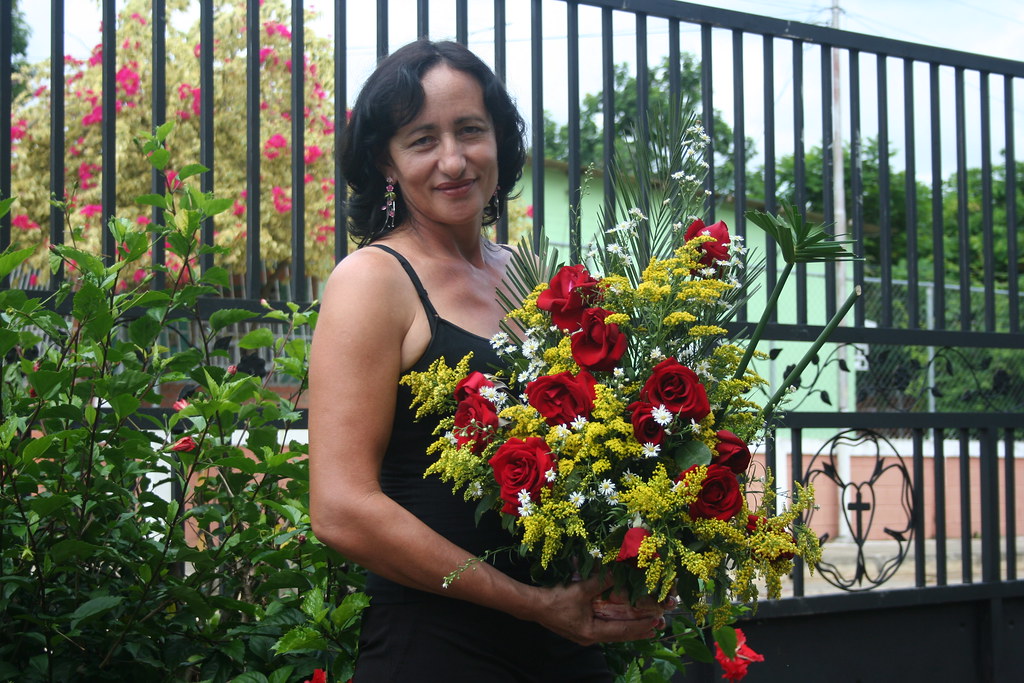
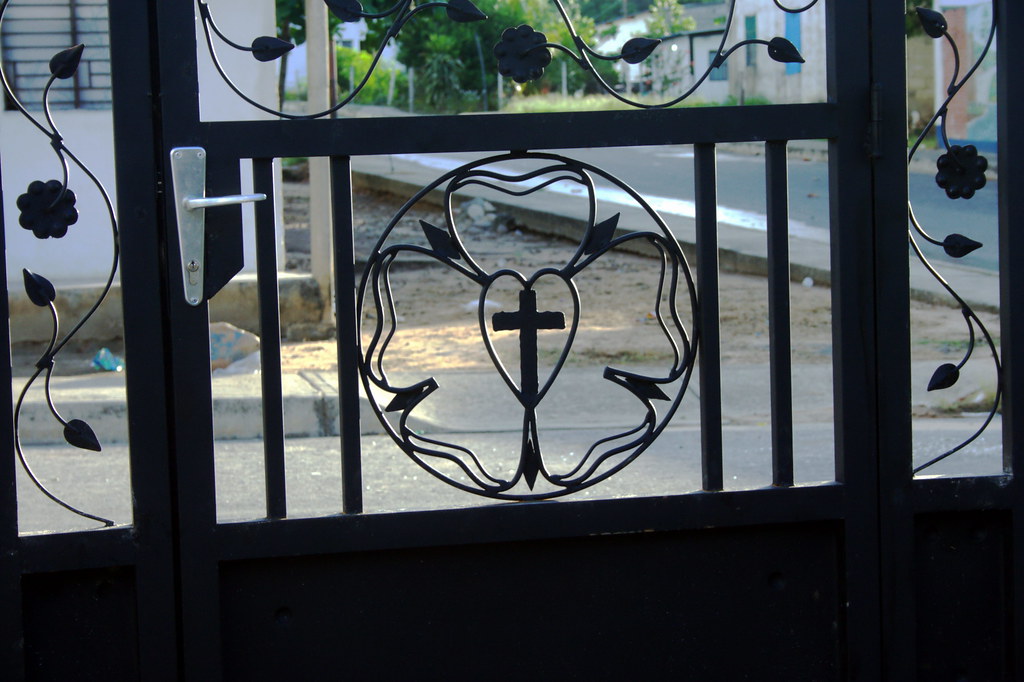
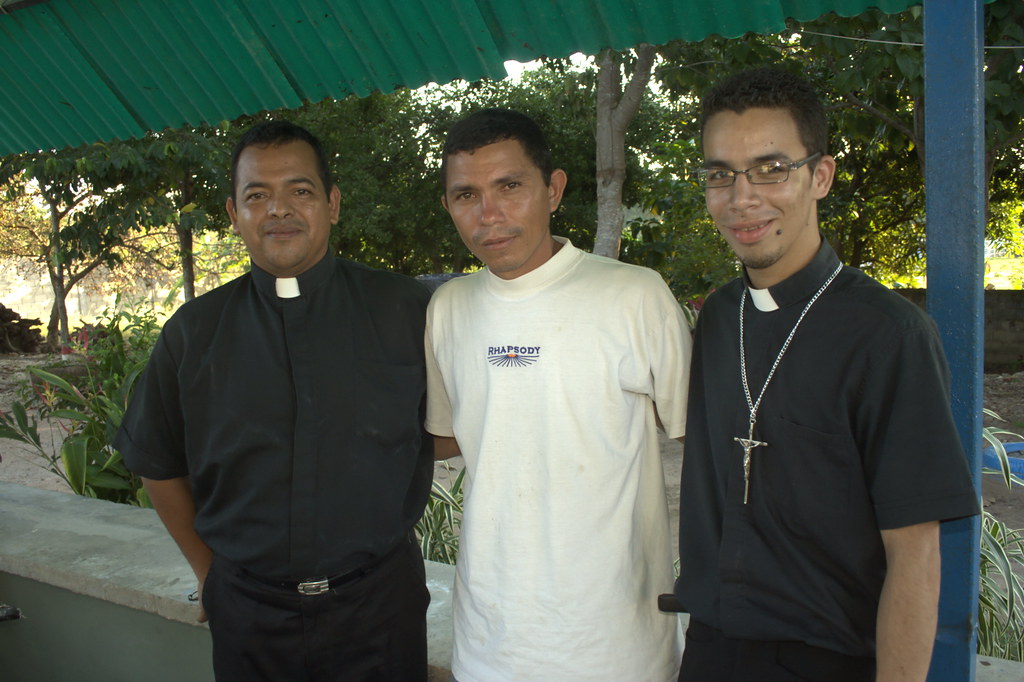 On Sunday, October 19, Pastor Adrian Ventura, president of the Lutheran Church of Venezuela, visited Barinas. That morning at Corpus Christi Lutheran Church, Eduardo played the guitar, I led the opening Service of the Word, and Pastor Adrian preached and administered the sacrament of Holy Communion. His sermon was excellent, but perhaps the most notable aspect of the service was that as it was underway, Venezuela experienced its
On Sunday, October 19, Pastor Adrian Ventura, president of the Lutheran Church of Venezuela, visited Barinas. That morning at Corpus Christi Lutheran Church, Eduardo played the guitar, I led the opening Service of the Word, and Pastor Adrian preached and administered the sacrament of Holy Communion. His sermon was excellent, but perhaps the most notable aspect of the service was that as it was underway, Venezuela experienced its 